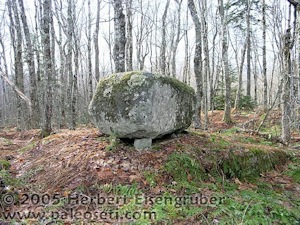 |
The site
is located on the highest mountain in the area. Without the trees it
would overlook the whole area. Within the structure is a Dolmen that
rests on three base stones. The Dolmen rests on a plattform that seems
to be especially made for it. If you click on the image on the left you
can see the plattform more clearly.
|
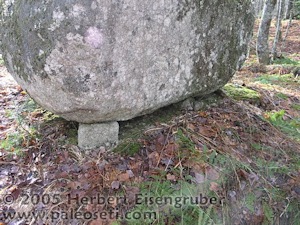 |
Here a
closer look at the base stones.
|
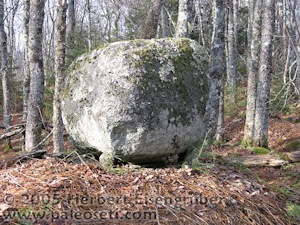 |
The
longest side of the Dolmen is aligned to 132 degrees SSW. Regarding
this finding, please check my findings at the Kidston Dolmen.
|
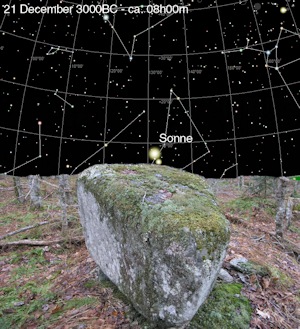
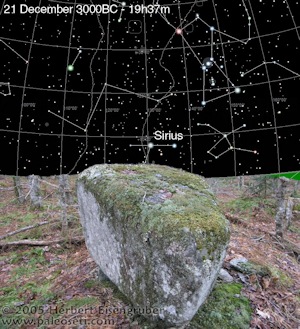
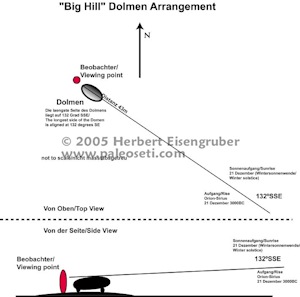 |
To better
illustrate the astronomical alignement of the Dolmen, I created a
little computer simulation.
It shows that around 3000BC the sun was rising right above the dolmen
in the winter solstice on the 21st of December. For the simulation I
mixed an original photo of the dolmen with simulated image of the sky
using the excellent and very accurate software "Sky Charts".
It is extremely difficult to determine the age of a megalithic site
without excavations.
This is why I take the approach of establishing astronomical alignments
for the sites.
I find it curious that during the winter solstice around 3000BC, not
only the sun rises exactly over the longest side of the dolmen, but
also at night the brightest star of the northern hemisphere Sirius in
the constallation Orion (shown in the second graphic)
If you compare the Dolmen of North Korea, you can see
the similarities to the sites in Nova Scotia.
The third illustration on the left shows you how the Dolmen is
arranged. Click on the images to get higher resultion images.
Please note the similarities in the research
of the Kidston Lake Dolmen... |
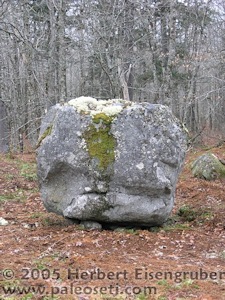 |
A second
dolmen is located about 50m from the one I described above. This Dolmen
also rests on smaller base stones.
. |
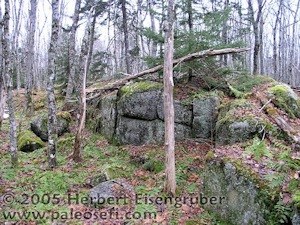 |
Is this
the ultimate proof of a North American Megalithic culture? Huge
boulders were precisely cut and fit together in a huge wall. The stones
remind me of some Inca walls I was able to study in Peru, South America.
Those are "serious" ruins and compare to nothing the modern time
settlers have built in North America.
What surprises does this site still hold? |
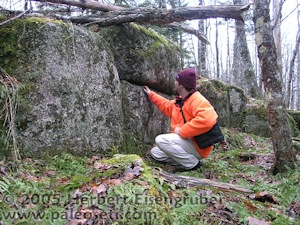 |
The
megalithic remands of the walls are approximately 1.50m high. |
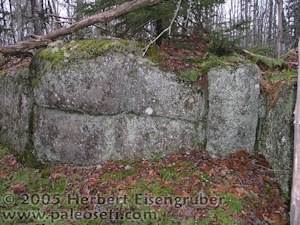 |
Here you
can see how precisely the stones of the walls are fit into each other. |
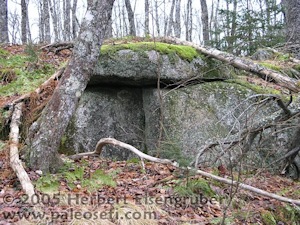 |
Look at
this structure. It looks like the remnands of a tomb. There is a large
roof stone held up by two base stones on the bottom. |
|
|
Half a year later we were back
at the site to do more research. We found amazing new things like this
square hole in the ground. It looks like it might be an entrance to an
underground structure. |
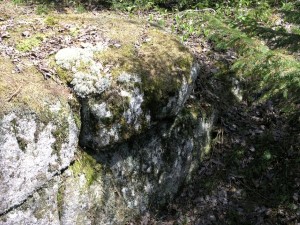 |
A closer look at the walls |
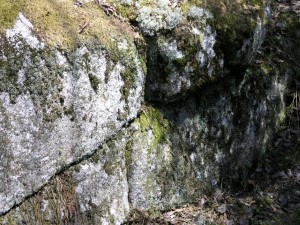 |
|
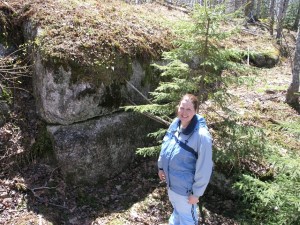 |
The walls run a few hundred
meters in every direction and form roughly a square that encloses a big
part of the hilltop. On some spots the stones of the walls are gigantic. |
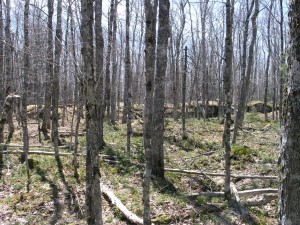 |
During spring and fall when
there are no leaves on the trees you can make out details of the
structures a litlle better. In the middle of the picture you can see
how the walls are raised from the ground.Dur |
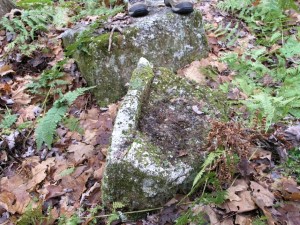 |
Some of the boulders and stones
are so clearly marked by human hand that it is almost daft to say those
are all natural formations. |
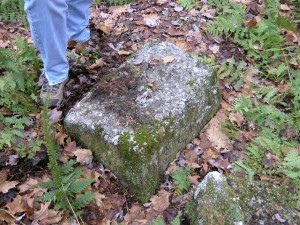 |
|

